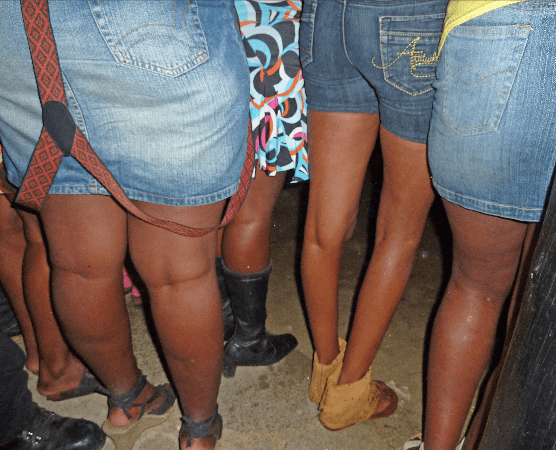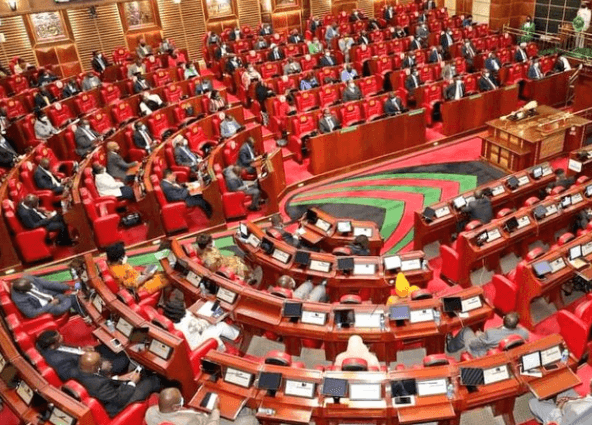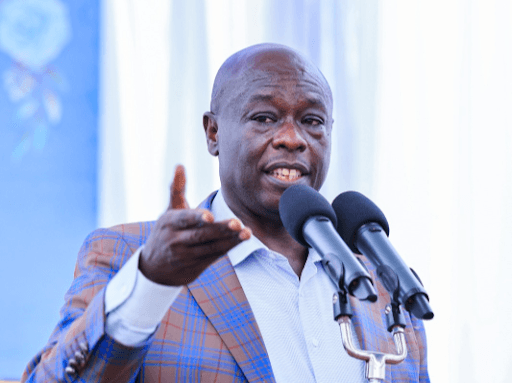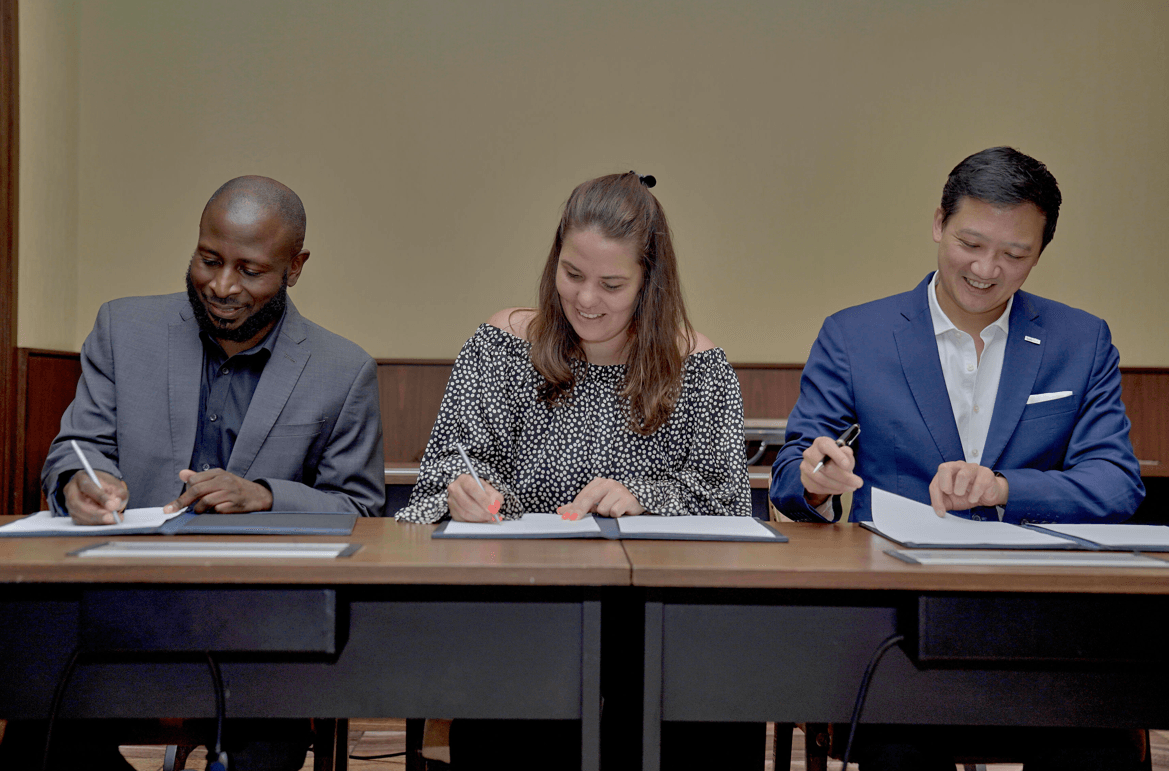Whilst Latvia had never been on my radar, the need to attend an international conference there made me realise how little I knew about it and subsequently sent me off do so some research.
Latvia is a European Union member country with a coastline on the Baltic sea adjoining Russia to its East, Estonia to its North, Belarus to its South and Lithuania to its West. It’s a country of some two million people and considered a vibrant and innovative country known for its technology and staunch independence.
Latvia was incorporated into the Soviet Union during World War II and was only able to gain its independence in 1991, during the early days of the occupation. The Russians allegedly murdered many of the key Latvians in power and replaced them with their own nominees to ensure that it gave a token appearance of having made the decision to fall under Soviet rule.
As a result, the post-Independence relationship between Russia and Latvia is a complex one and the abundance of Ukraine flags that were evident throughout Riga, the capital, was indicative of where the population’s views lay.
There is a KGB museum, the same building that once housed the headquarters of the Soviet secret police, which exists to remind visitors of the atrocities that took place in the building in order for the regime to maintain its iron clasp on the populace.
Nowadays, Riga has a café culture vibe to it. Arriving on a Sunday afternoon with extremely procrastinating weather, many of the cities, bars and restaurants had groups of friends or acquaintances enjoying coffee, a few beers or a glass of wine, no one in any particular rush to be anywhere. The city retains much of its medieval European architecture, interspersed with Soviet-style buildings and blocks of flats. The city is relaxed with quiet cobbled streets interspersed by the rumbling of the trams that crisscross the metropolis, and many bicycles that bizarrely seem to like using the pavements.
The old town is populated by a myriad of bars and restaurants. This is the main tourist hotspot and it truly comes alive in the evening with street musicians and performers. Many of the bars, including the outdoor ones, have live music every single night. I stopped to enjoy one very impressive musical duet, but unfortunately, they were reaching the end of their set by then. I heard about didn’t get the opportunity to visit one venue in which the walls are full of firearms of all types and sizes (presumably deactivated), which visitors are allowed to pose with for pictures.
Through the city flows the mighty Daugava river. On its tributaries, families enjoy playing on pedaloes or rowing boats, while out on the open water, the adrenaline junkies zoom up and down on jet skis. I was told there is an area where swimmers can venture in, but bearing in mind this river flows into the Baltic sea, the prospect didn’t appeal.
On the far side of the river is the national library. This is a remarkable building, not simply because the views from the upper floors are spectacular but also because it is home to the most remarkable array of literature, including some of the country’s most important manuscripts. Outside, there are some very interesting but also impactive sculptures.
Riga has plenty of green spaces. The city is interspersed with parks and recreation areas so it doesn’t feel like an all-encompassing urban environment. The omnipresent families, making the most of the longer summer evenings, was a clear indication that this is a low-crime, family-friendly environment that has a very relaxed vibe, and one that would be enormously enjoyable to explore some more.














